Honda BR-V India review, test drive
At long last, Honda is ready with its small SUV, the new BR-V. Can it take the fight to the established competition?
Published on Apr 28, 2016 02:30:00 PM
1,72,281 Views
Follow us on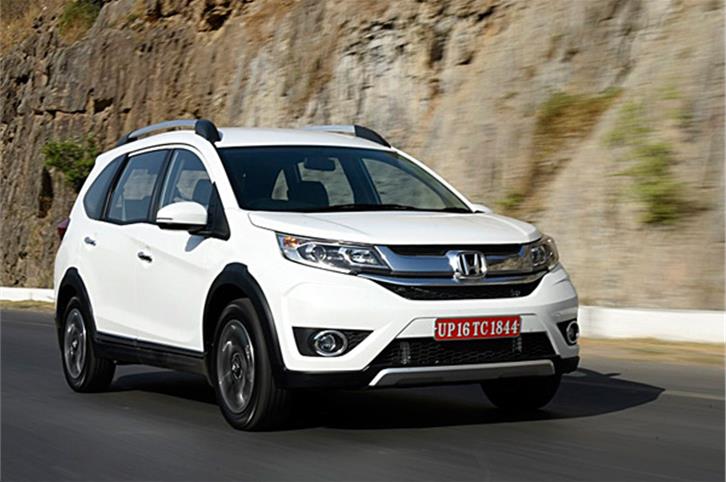
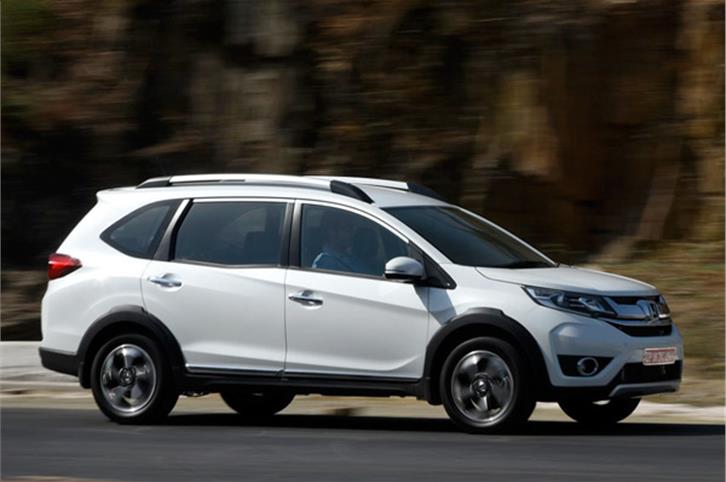
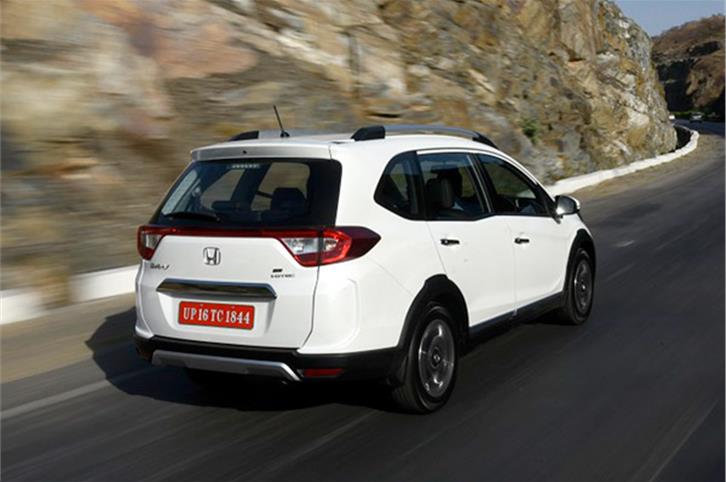

What’s it like to drive?
As expected, the BR-V for India will be available with three powertrain options with power channelled solely to the front wheels. There will not be any all-wheel-drive version. The mainstay of the BR-V range will be the diesel model that comes powered by Honda’s 1.5-litre, i-DTEC engine. While there were indications the engine would be tuned for more power on the BR-V, it continues to make 100hp and 200Nm; same as on the Honda City, Jazz and Mobilio. However, refinement sees an improvement. The engine runs a lot quieter than it does on the other Hondas and the note is also less industrial. That said, the diesel BR-V is still noisier than the Creta and even the Renault Duster.
Performance from the diesel engine is good with plenty of pulling power from very low in the rev band. Where the engine does feel slightly different now, is in its willingness to rev more freely. The engine still doesn’t excite, but there’s more of a powerband to play with. Another nice feature is the smooth-shifting six-speed gearbox that’s allied to a light clutch, both of which help make the BR-V diesel an easy car to drive in town. Diesel BR-V buyers can also expect good fuel economy. The ARAI-tested fuel efficiency figure of 21.9kpl makes this version of the BR-V the most fuel-efficient model among the small SUVs. Before you ask, no, there will not be an automatic version for the diesel.
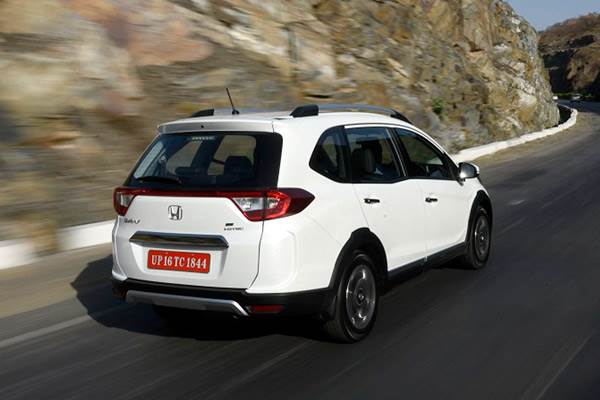
The other engine of choice will be Honda’s 119hp, 1.5-litre, i-VTEC petrol engine. This engine will be available with both manual and automatic gearbox options. Interestingly, the manual gearbox is a new six-speed unit rather than the five-speed one the petrol City and Mobilio come with. Honda insiders haven't confirmed if this gearbox will make it to the other Hondas as well, but it’s something to expect in the near future. The petrol manual BR-V’s ARAI-tested fuel efficiency is 15.4kpl while the petrol automatic’s figure is slightly higher at 16kpl. The BR-V automatic that is likely to interest urban buyers uses a continuously variable transmission (CVT). Drivers have the option to manually operate the gearbox via steering-mounted paddles which is a first-in-class feature.
The CVT-equipped BR-V does feel nice and responsive for city use. Initial responses are good and pottering around town is a smooth and relaxed affair. But press down hard on the accelerator and you get that rubber-band effect CVTs are notorious for. The gearbox has the engine hold revs until speeds build and this also brings out the engine’s noisiest side. The otherwise smooth engine sounds gruff when this happens, and seems especially thrashy close to the 6,500rpm. Drive with moderate throttle inputs and you’ll like the CVT a lot more. Enthusiasts will like the option of the paddle shifters that work without any delay and let you shuffle between the gearbox’s seven ‘steps’. However, due to the characteristics of the CVT setup, you don’t get the same sort of connect you would with a traditional automatic or dual-clutch transmission.
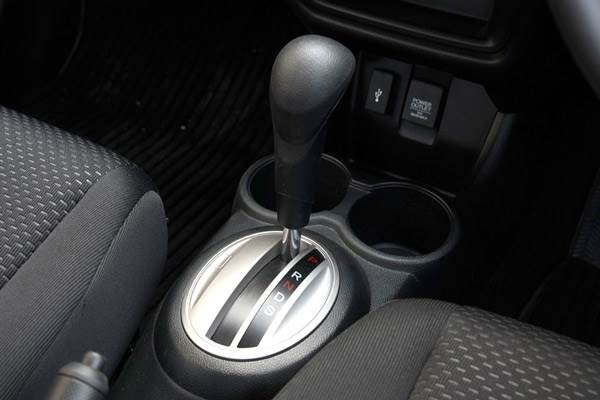
The BR-V is a long vehicle and you can feel its length from behind the wheel, especially around tighter bends. It’s no corner-carver, but you do get a reassuring sense of security in the bends. What adds to this feeling of confidence is that the steering has little slack and also has a nice weight to it. Straight-line stability is not quite at Duster levels, but is good nonetheless. The BR-V also does well for ride comfort. You do feel a bit of firmness in the setup, but the suspension is absorbent enough at low speeds and contains undue body movements at high speeds too. The BR-V has a generous 210mm of ground clearance that did come handy clearing some rough patches on our test drive.
Copyright (c) Autocar India. All rights reserved.






Comments
Member Login
Personal Details
No comments yet. Be the first to comment.